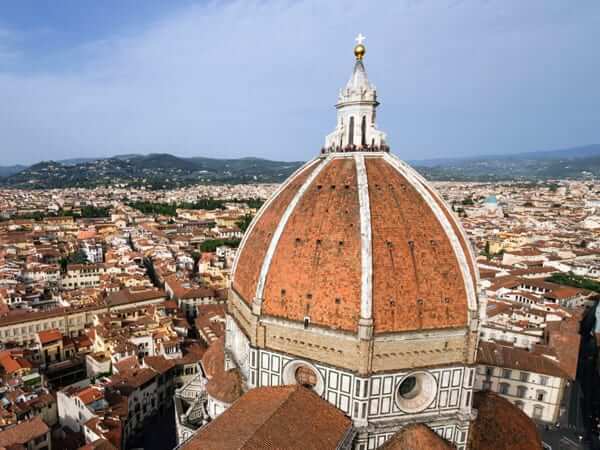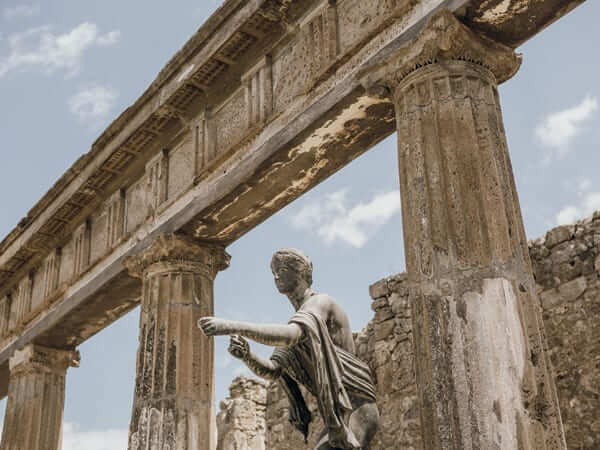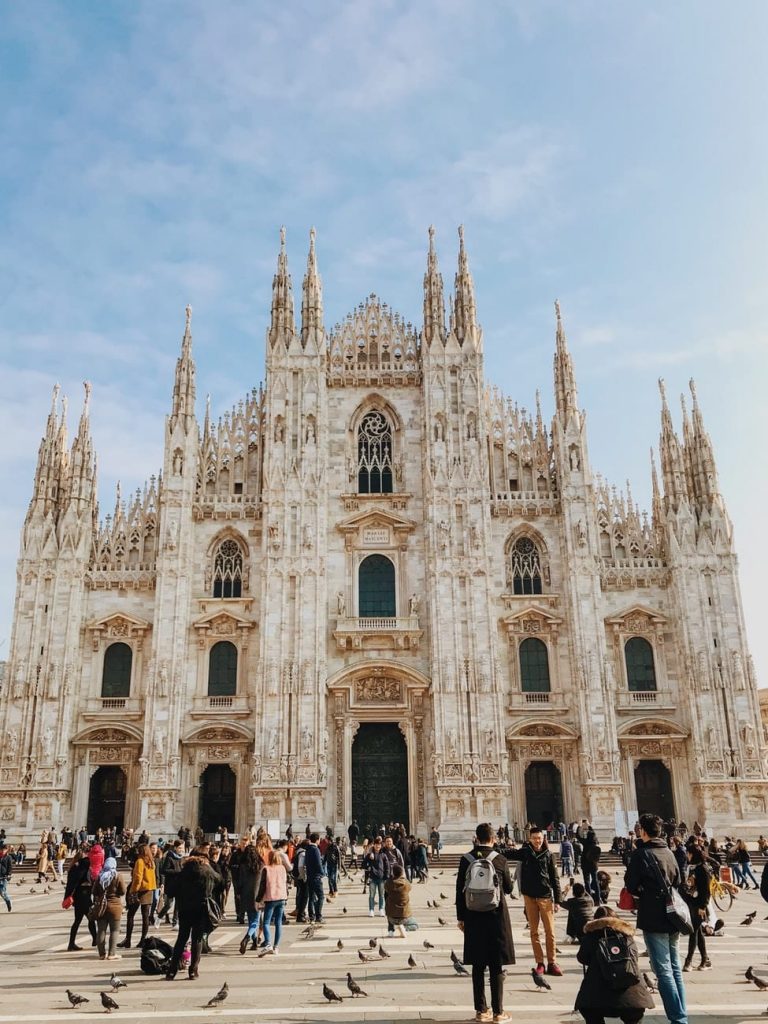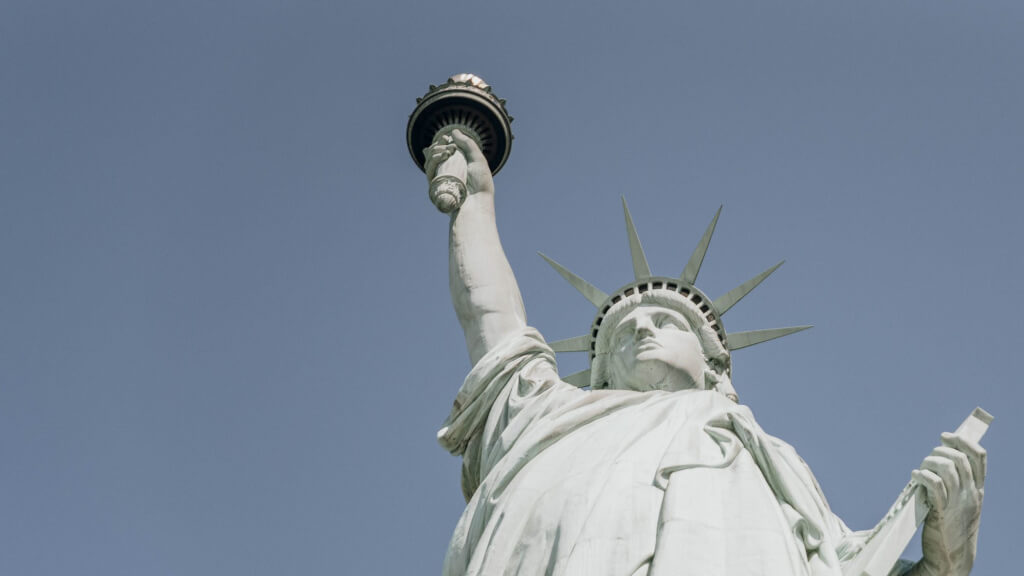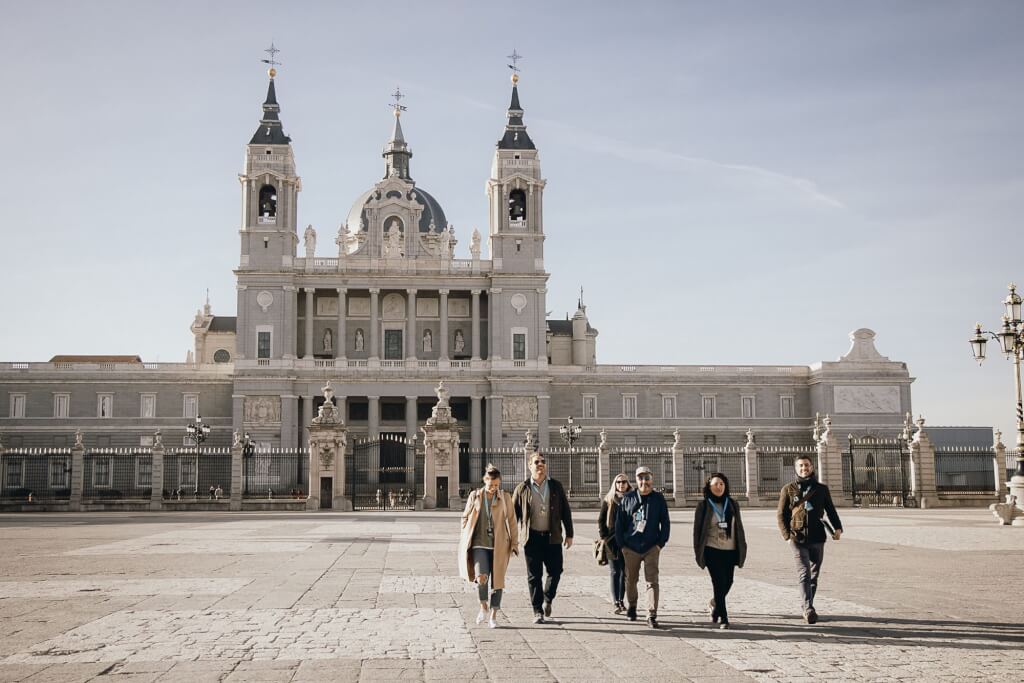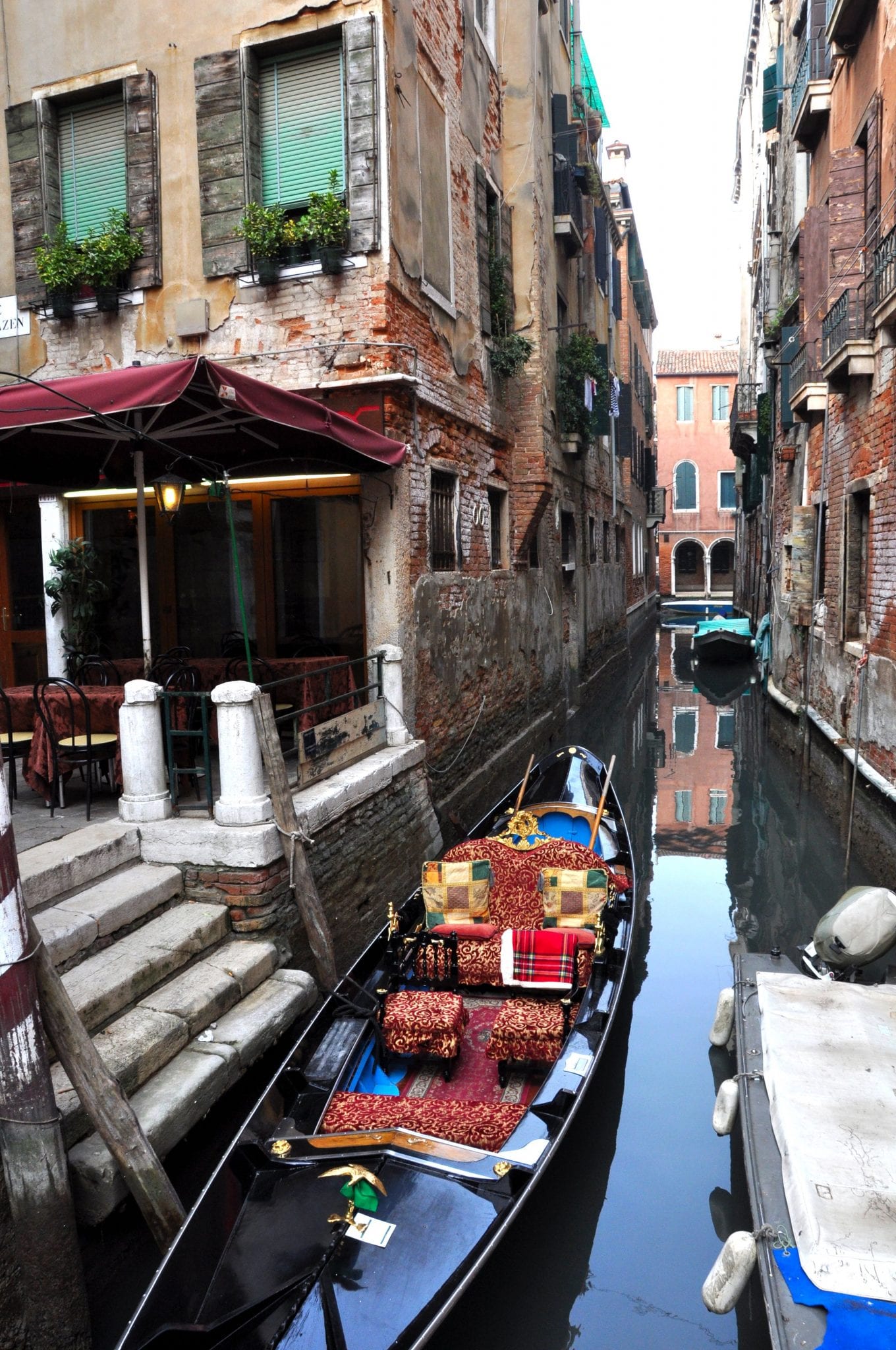
Venice in Winter: Enjoying The Floating City in the Off Season
November 11, 2025
Visiting Venice in winter, outside of the main tourist season, can be wonderful! There are fewer crowds, the lines are shorter, and the more “authentic” side of Venice (read: the one not overwhelmed by millions of tourists) tends to be much easier to find.
Before you book, though, there are some things you should know about visiting the beautiful city of Venice in the off season, and how to make the most of it!

A fog often rolls in during Venice in winter, making the romantic city even more atmospheric.
Table of Contents
ToggleVenice in Winter
When is the off season in Venice?
November to Easter, excluding Christmas, New Year’s, and (of course!) Carnevale.

Even on a sunny day, Venice’s Grand Canal in February is relatively peaceful.
How busy is Venice during winter?
Make no mistake—there are thousands of visitors to Venice, year-round. And even if you come in the coldest days of January or February, you won’t be the only English speaker on the island. That said, February’s crowds and lines simply don’t compare to those you see in June, July, or even early October. Come out of season, and you’ll benefit from shorter lines, fewer crowds, and the ability to spot the “authentic” Venice that so many high-season visitors miss… the Venice made up of real Venetians!
What is the weather really like?
Venice can be downright beautiful in the winter. Don’t miss our gorgeous video of Venice in the snow.
Weather-wise, Venice in winter can be a love-or-hate experience. There can be a lot of rain, and the city (thanks to its position both on the sea and in the north) can be bone-chillingly cold.
Most importantly, there’s a high chance of flooding during Venice in winter. The island tends to flood several times every winter; when it does, water (called the “acqua alta,” or “high water,” by residents) can be several feet high in St. Mark’s Square, for example. Visitors sometimes have to use elevated walkways to get from Point A to Point B. Depending on your perspective, this can be a unique way to experience Venice as the locals do… or it can be a cold, wet frustration.
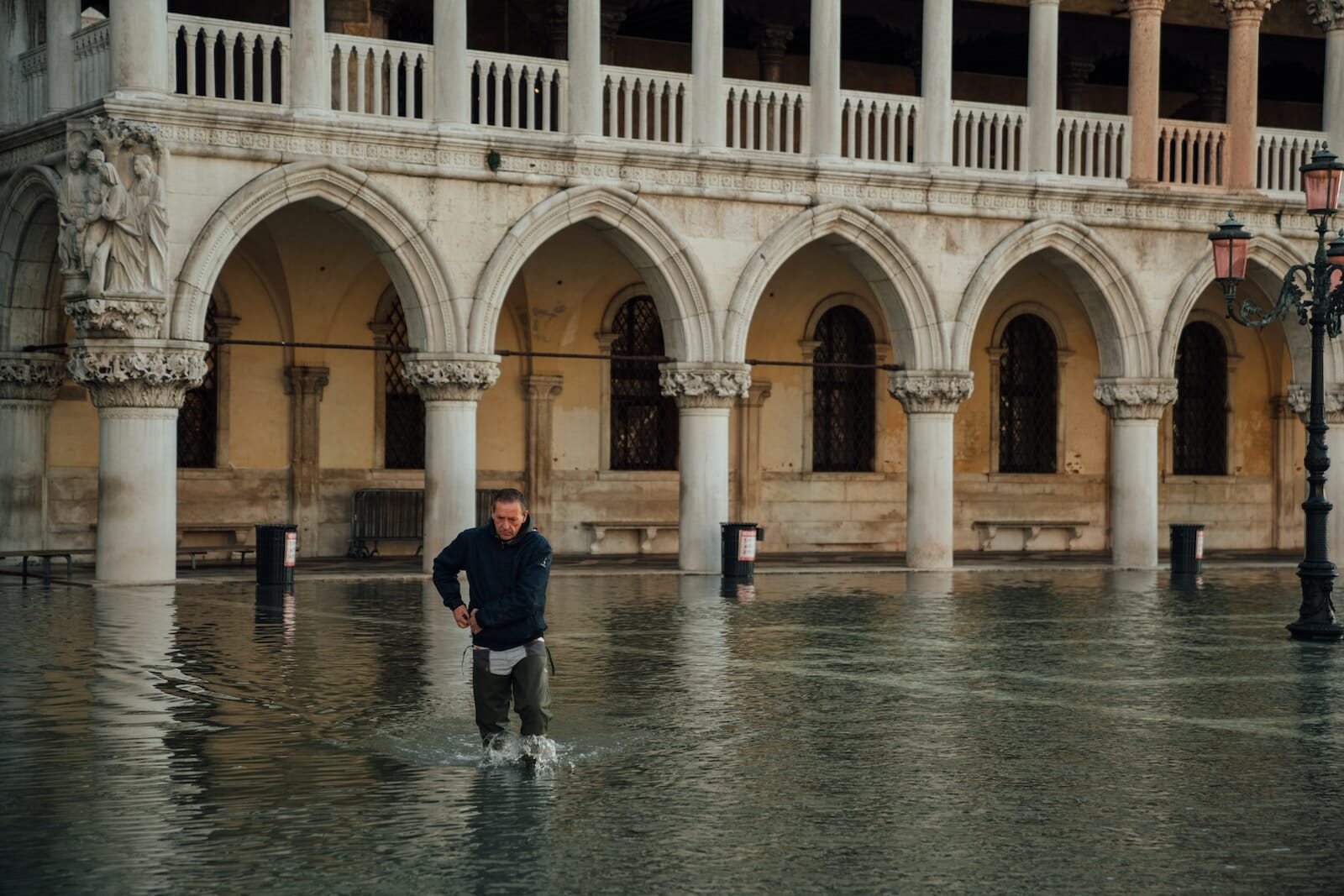
Flooding in St. Mark’s Square. Photo credit: Egor Gordeev
Insider’s tip: Don’t miss our survival guide to Venice’s acqua alta!
Another part of visiting Venice in the winter is the thick mist that often settles on the canals. This makes for surprisingly lovely, atmospheric pictures. Still, you might not get that view from the top of St. Mark’s Basilica that you were hoping for.
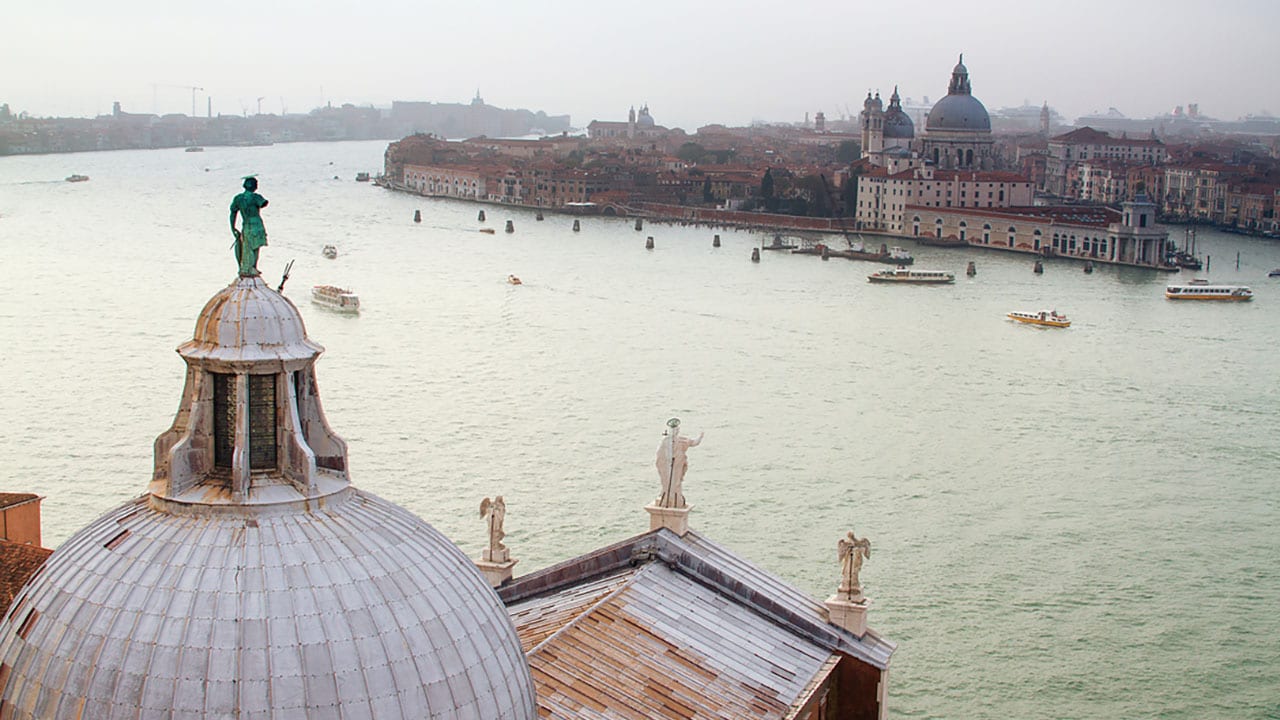
Venice in winter tends to be chilly and foggy, but there can also be sunny days.
How do you get around the city?
Meanwhile, Venice is a year-round destination, so you don’t have to worry about hotels, restaurants and sights closing in the winter (unless they’re flooded). The traghetti, or water buses, also run year-round, although some summer-only lines, like to the Lido, are, of course, not functioning in the winter. And yes, you can take a gondola year-round (the gondoliers provide you with blankets)… just make sure to dress warmly!
What are the top winter activities in Venice?
If a cold gondola ride doesn’t sound like your cup of tea, we recommend taking refuge inside of one of Venice’s many amazing museums or historic buildings. You can warm up as you enjoy an indoor stroll around a world-class museum such as the Peggy Guggenheim Collection, Gallerie dell’Accademia, or the Doge’s Palace.
What should I pack for my trip?
Pack your warm clothes and layers, keeping in mind that Venice is a city where you get around either by boat or by walking (both of which are cold options in the winter!). In case it floods while you’re there, don’t forget your rain boots and—most importantly!—your sense of humor. The Venetians have to deal with this every year… so consider the experience a glimpse into how the locals really live!
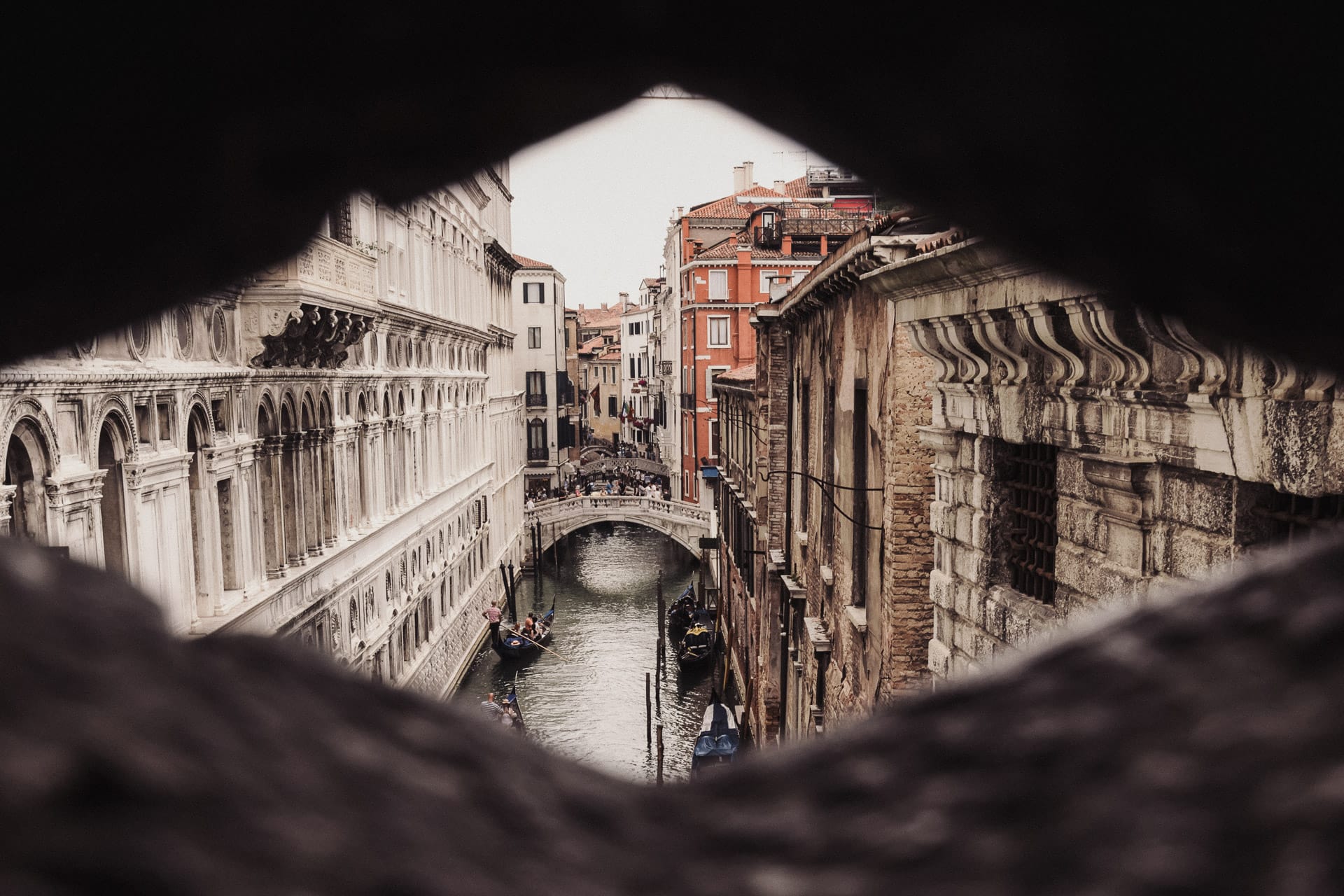
A view of the gondolas and architecture that symbolise the Venetian canals.
FAQs About Visiting Venice in Winter
Are Venice’s main attractions open during the winter months?
Yes! Most of Venice’s major attractions—including St. Mark’s Basilica, the Doge’s Palace, and the Gallerie dell’Accademia—remain open year-round. However, hours may be slightly shorter during the off season, so it’s a good idea to check opening times before your visit.
Is it cheaper to visit Venice in winter?
Generally, yes. Winter is the low tourist season, which means you can often find lower prices on hotels, flights, and some tours. Just avoid the peak festive weeks around Christmas, New Year’s, and Carnevale, when prices temporarily rise.
How do Venetians get around when the city floods?
During acqua alta, Venetians rely on raised wooden walkways called passerelle to move between flooded areas. Water buses (vaporetti) also continue running, so even if the streets are underwater, you can still explore the city safely.

Want to visit the Doge’s Palace after dark to learn about about Venice’s fascinating history with a local guide? Join our Exclusive Alone in St. Mark’s & Doge’s Palace Tour!
by Maika Cotton
View more by Maika ›Book a Tour
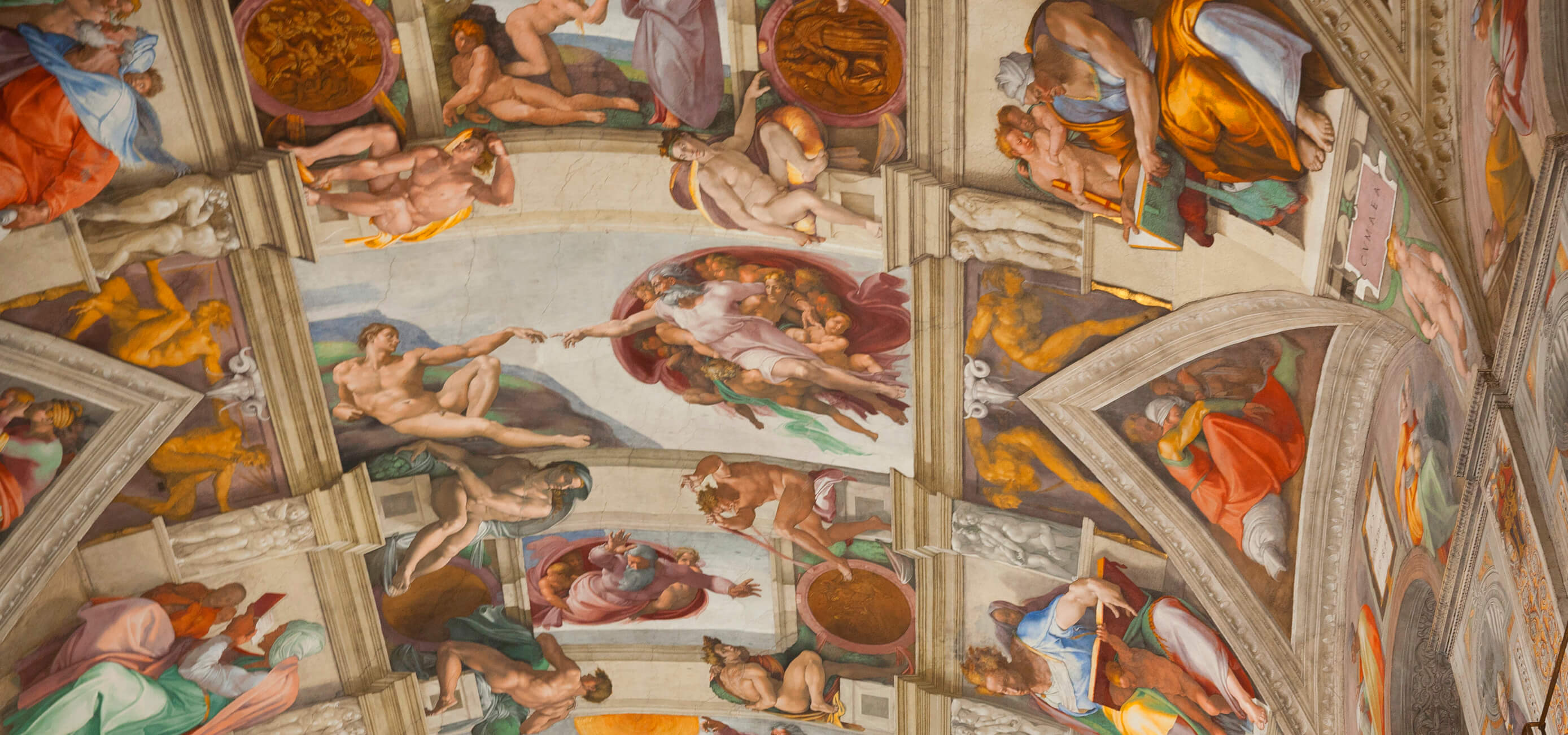
Pristine Sistine - The Chapel at its Best
€89
1794 reviews

Premium Colosseum Tour with Roman Forum Palatine Hill
€56
850 reviews
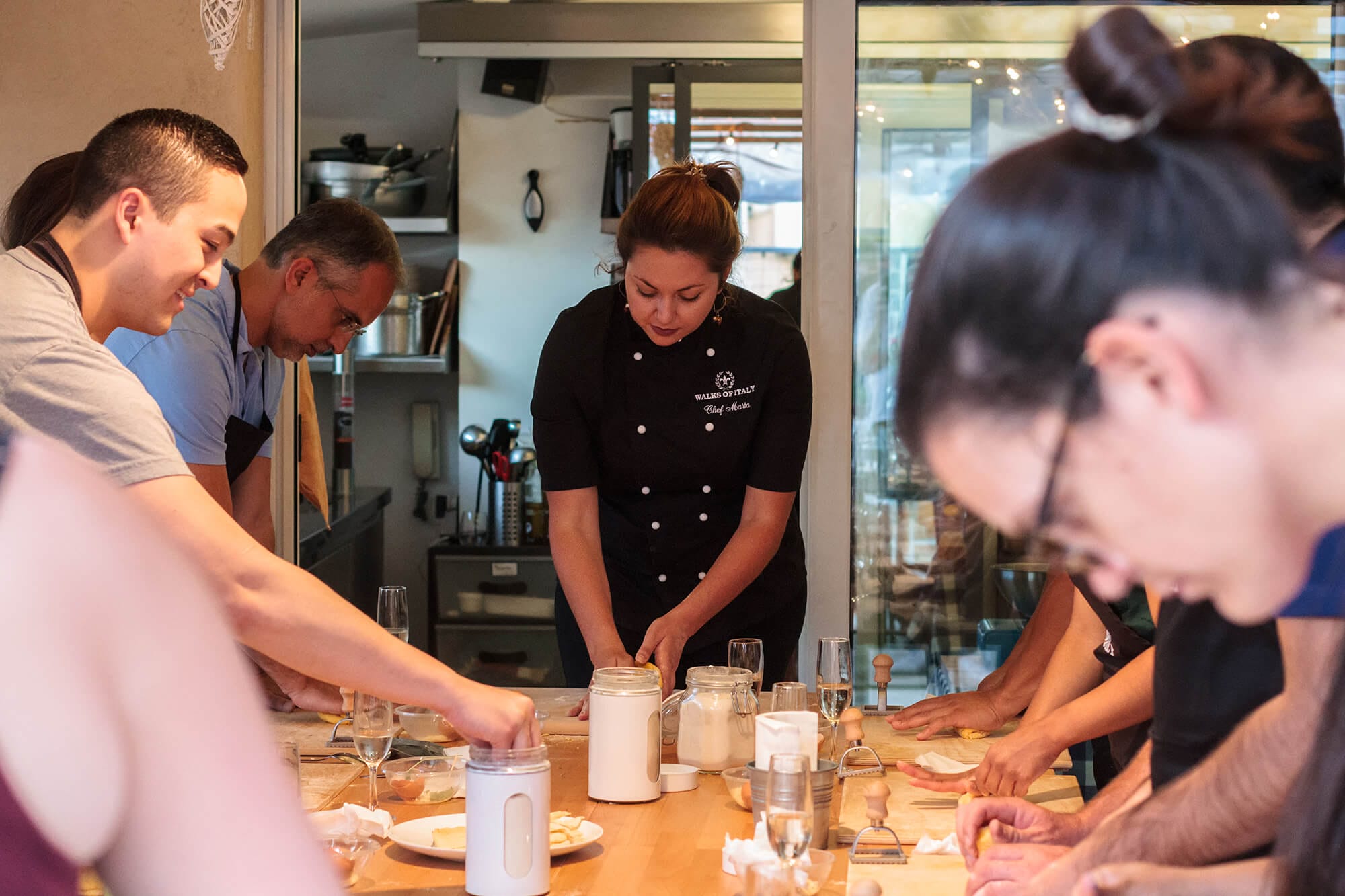
Pasta-Making Class: Cook, Dine Drink Wine with a Local Chef
€64
121 reviews

Crypts, Bones Catacombs: Underground Tour of Rome
€69
401 reviews
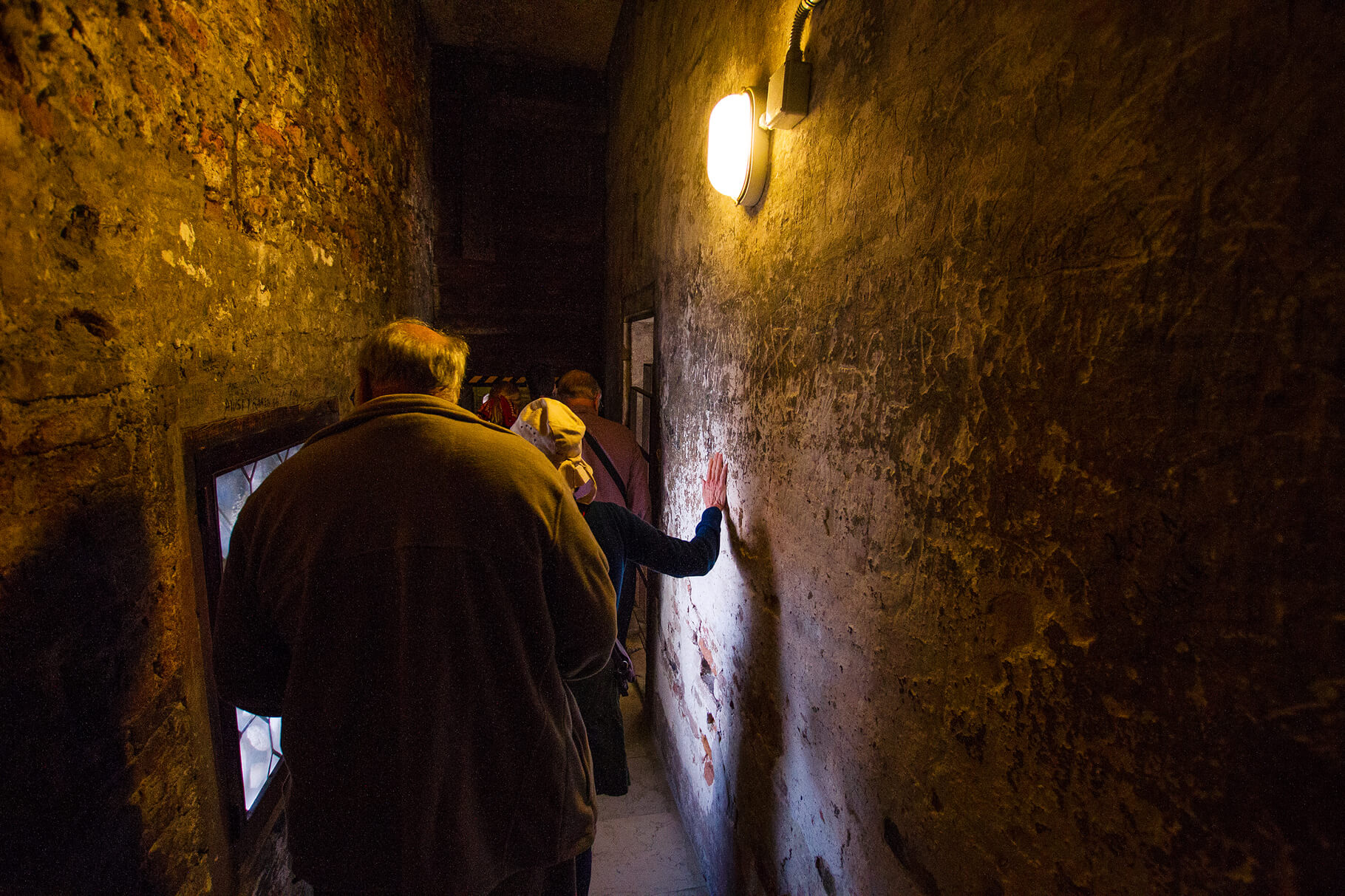
VIP Doge's Palace Secret Passages Tour
€79
18 reviews
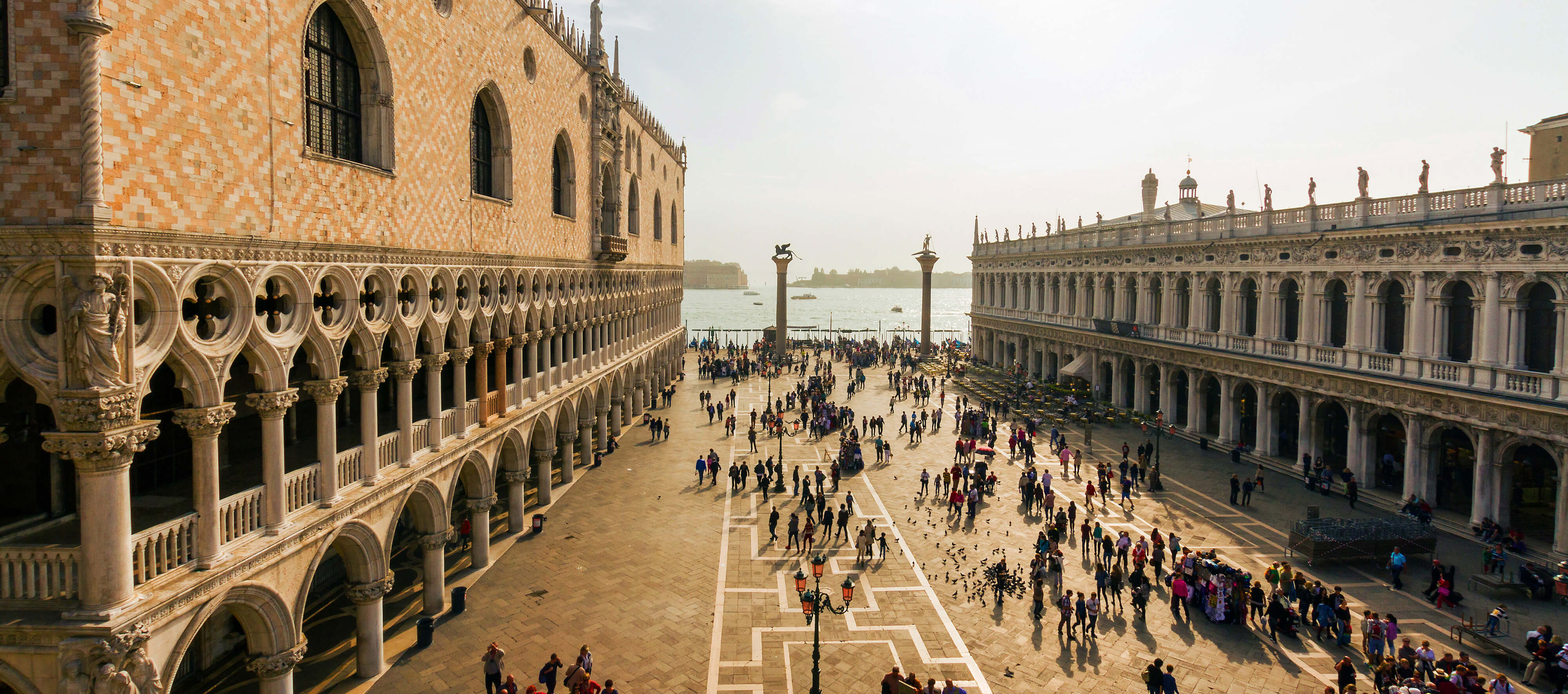
Legendary Venice: St. Mark's Basilica, Terrace Doge's Palace
€69
286 reviews


